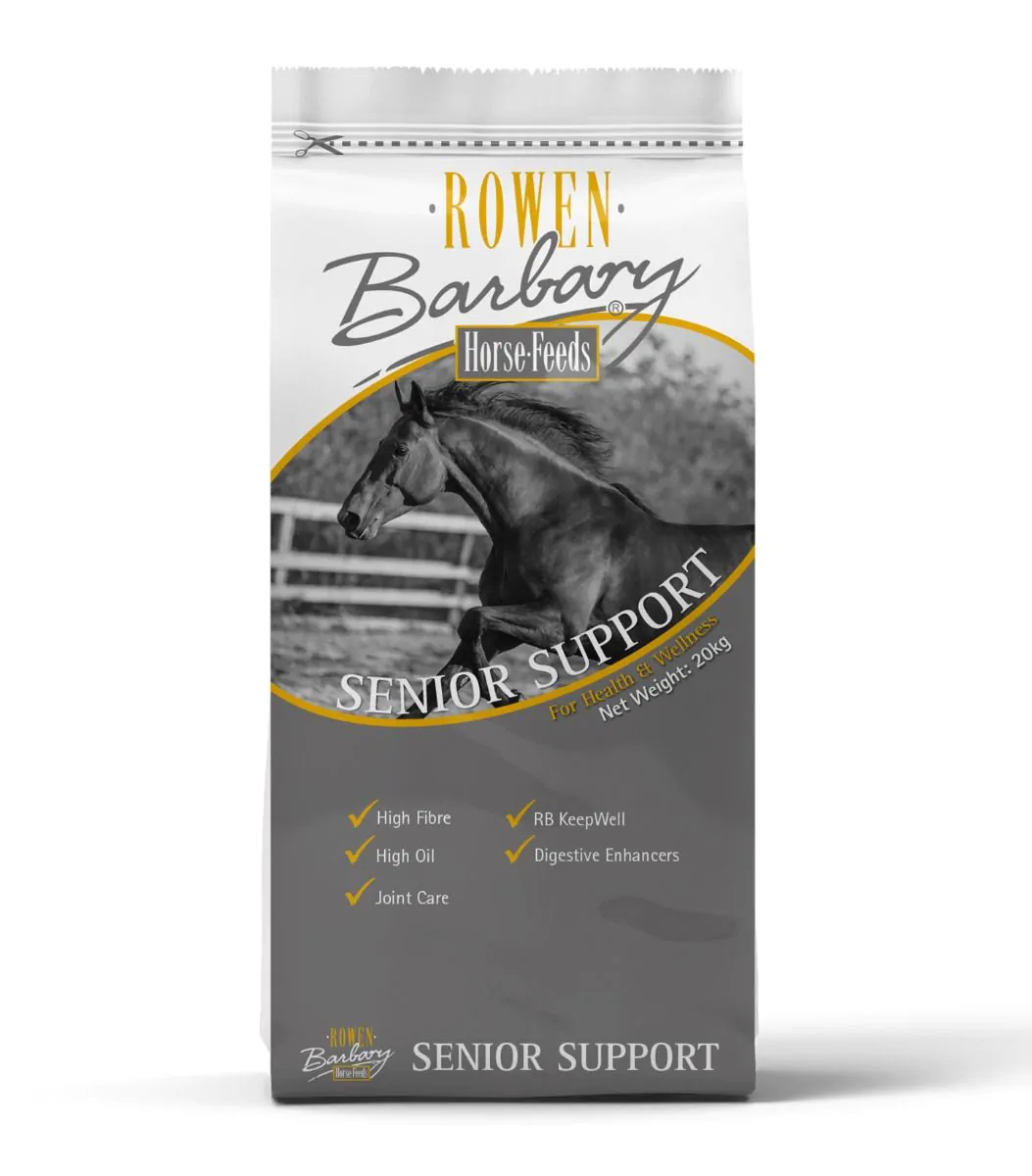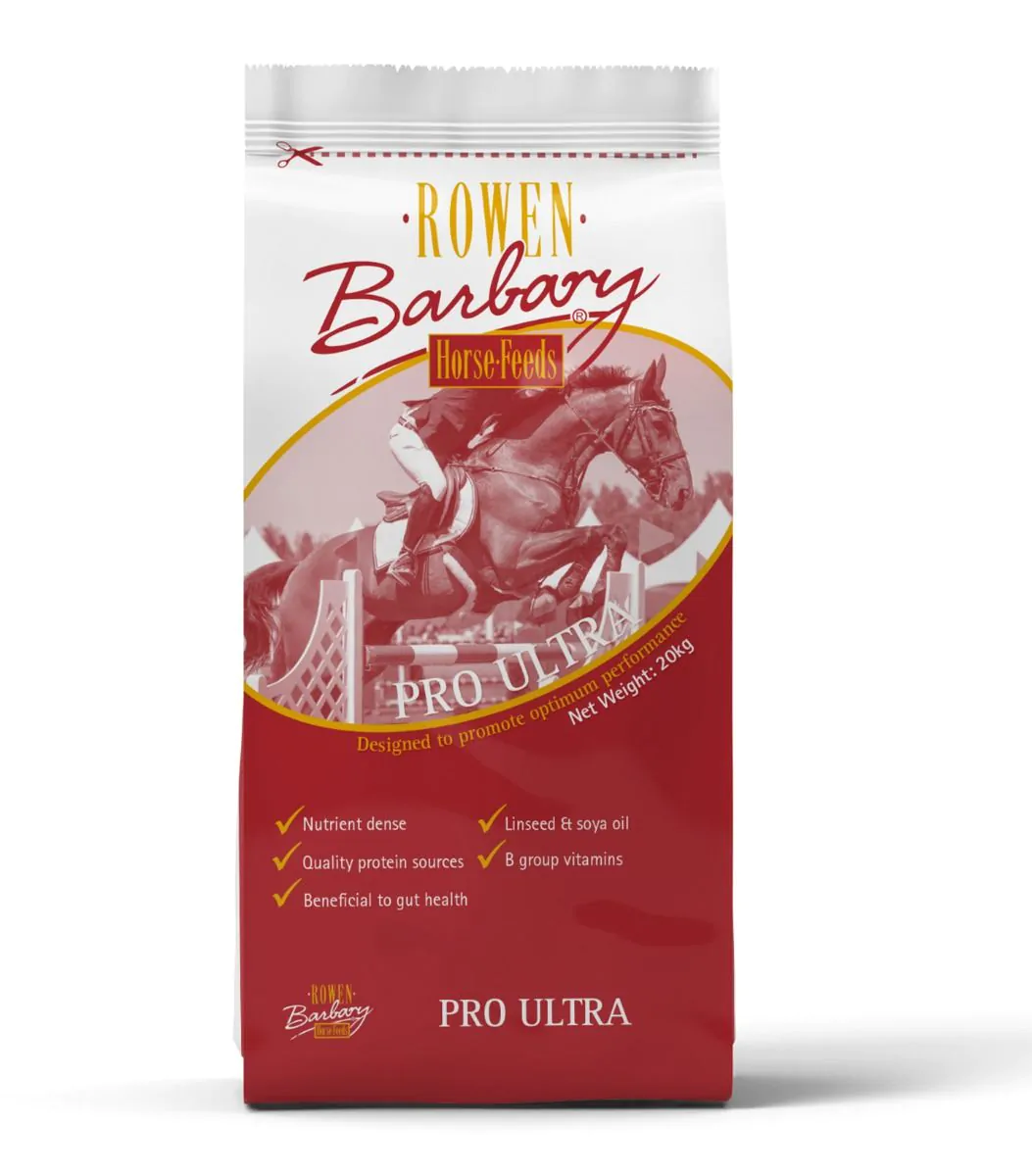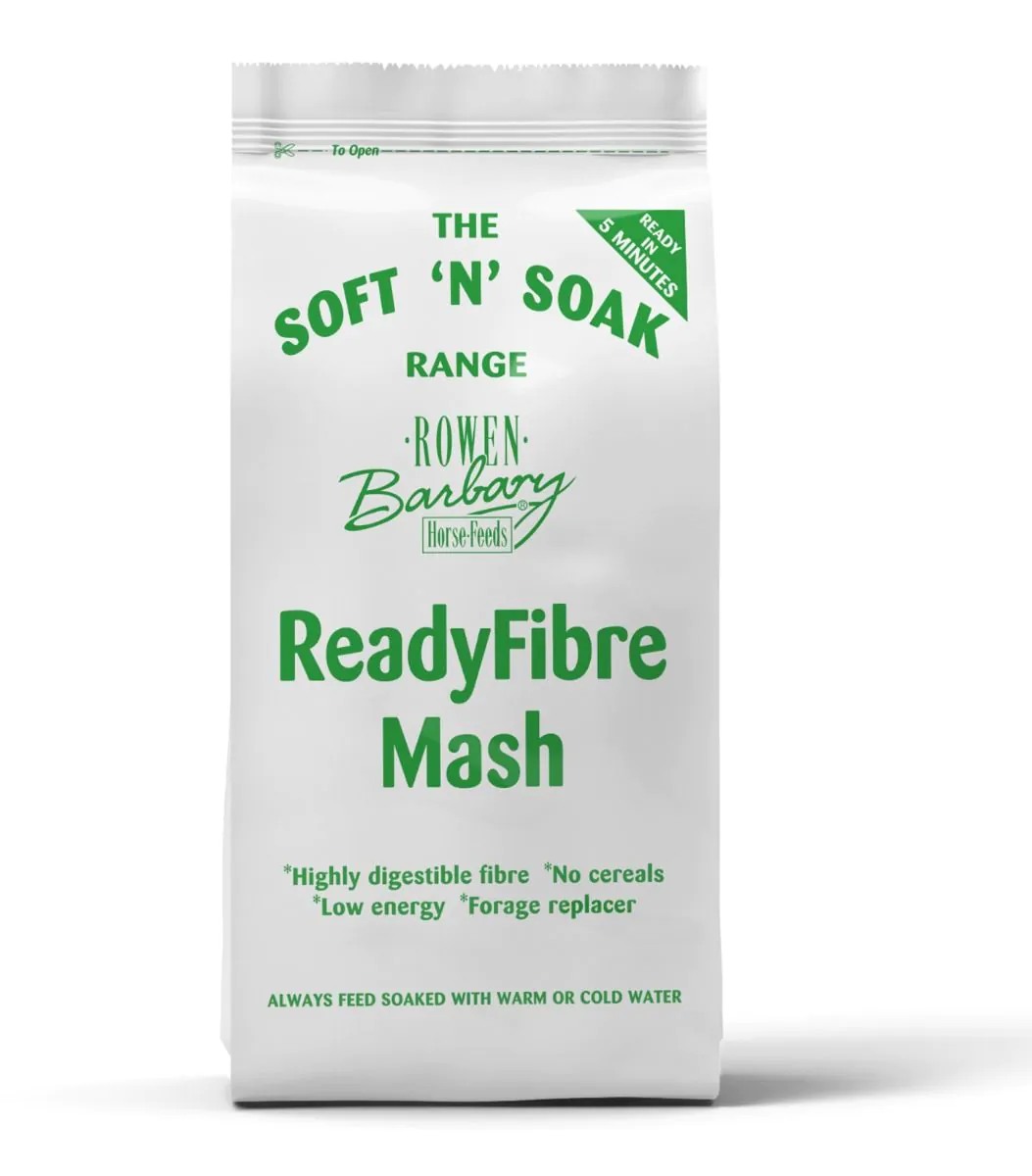- 20th August 2019 by Rowen Barbary
Establishing the Correct Diet
When trying to establish the correct diet it is important to remember that every horse is an individual with no two horses being exactly alike in size, shape and type so just because a feed works well on one horse it will not necessarily do the same for another.
Forage should be the forefront of any horse’s diet and there are many options available to you to increase the fibre content of the horse’s diet if grass is limited including hay, haylage, chaffs and high fibre feeds. If a horse has trouble chewing the long-stem fibres then it is advisable to supply a forage replacer such as ReadyFibre Mash, which is ideal for horses that chew and digest less efficiently.
Good doers should be fed a high fibre low calorie diet, with adequate levels of vitamins, minerals and trace elements. High fibre feeds including Forage ‘n’ Fibre supply the low energy levels required for many good doers whilst supplying the essential nutrients for a fully balanced diet.
For underweight horses it is beneficial to include a conditioning feed in the diet. When trying to find a conditioning feed for your horse choose a feed high in digestible energy (DE), which will therefore contain a higher level of calories. For example ReadyMash Extra has a DE of 11.3 MJ/Kg to help horses achieve the required condition.
It is vital that you take a horse’s workload into account as if a horse’s energy loss is greater than energy intake then weight, and subsequently, body condition will be lost. On the other hand, if a horse is receiving more energy than they are burning off daily then this will result in weight gain.
To accurately calculate how much you need to feed your horse or pony there are a few simple steps to follow so you are able to create a balanced diet.
Step 1 Calculate Bodyweight
Horses should consume about 2.5% of their bodyweight per day according to their condition and workload, so to find out how much you need to feed your horse the first step is to calculate your horse’s bodyweight. There are a number of ways in which you can do this with the most popular methods including using a weigh bridge or by using a weigh tape.
Step 2 Calculate total amount of feed needed per day
Remember, your horse or pony should be fed according to bodyweight not by height. Now you know your horses bodyweight you are able to calculate the total amount of feed (concentrate and forage) that you horse or pony needs to eat per day, remembering that the horse will consume about 2.5% of their bodyweight per day. For example a 500kg horse will require 12.5kg of total feed per day.
Step 3 Calculate Ration
Now you know the total amount of feed your horse needs to be eating per day you need to work out what percent of this needs to be concentrate, and what percent forage bearing in mind your horses workload and condition.
For example a 15.2hh, 500kg horse in light work that needs a bit more condition should be fed a diet of about 20% concentrate and 80% forage.
By calculating the total amount of feed per day we know he needs a total of 12.5kg daily, this should then be split between 2.5kg of concentrate per day and 10kg of forage per day. Now try it on your horse or pony.

About Rowen Barbary
All manufacturing at Rowen Barbary is carried out in a state of the art mill located in the heart of the Shropshire countryside. We use only the highest quality ingredients sourced, where possible, from local farms before they are blended by our dedicated team in our UFAS audited mill.
Rowen Barbary also conforms to BETA NOPS guidelines with raw materials & finished feeds regularly laboratory tested to ensure that every bag of feed continues to meet not only ours, but also your high standards.
We Recommend...




